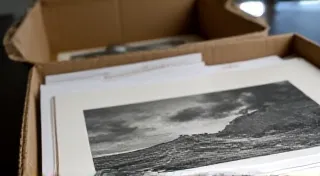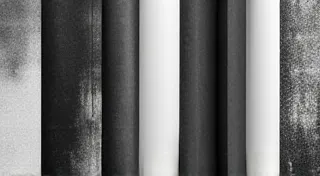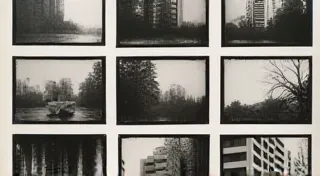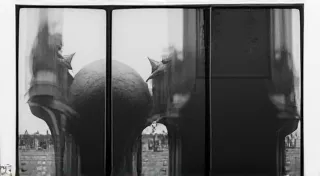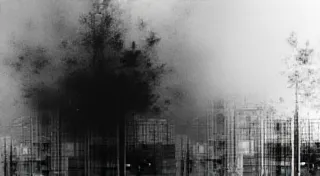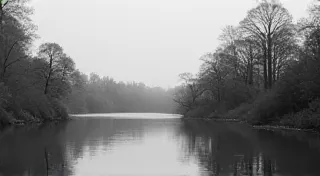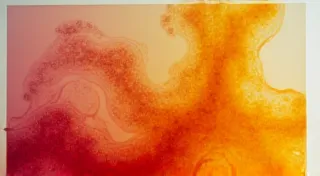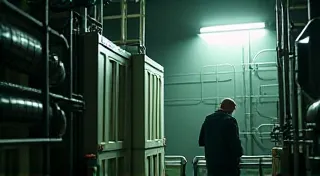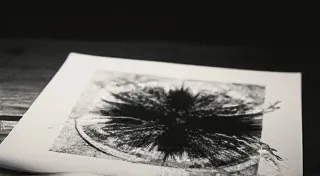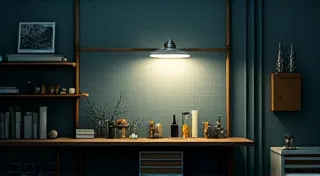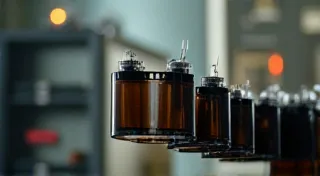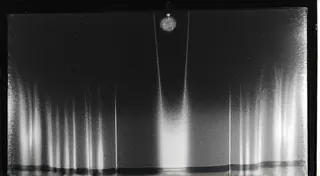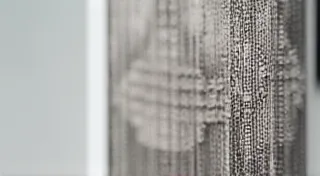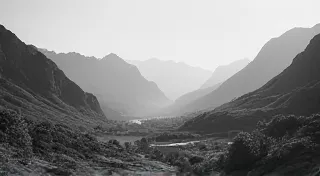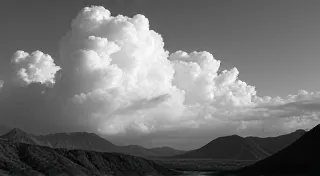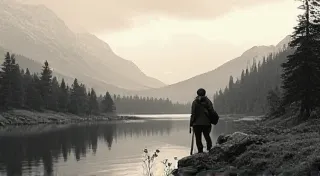Learning Black and White Darkroom Photography: From Negative to Print
Welcome! This website is dedicated to the fascinating and rewarding art of black and white darkroom photography. Whether you're a complete beginner curious about film photography or an experienced shooter looking to refine your skills, you’ve come to the right place. The allure of the darkroom lies in the tangible, hands-on process – the scent of chemicals, the soft glow of the safelight, and the gradual emergence of an image from blank paper. We’re here to guide you through every step, from the initial chemical process of photo developing to the final, stunning print. This site is all about mastering black and white photography – a truly rewarding craft.
In an age dominated by digital photography, the darkroom offers a unique connection to the photographic process. It’s a return to a more deliberate and controlled approach, where understanding the technical aspects is just as important as creative vision. It's a craft, a skill, and a deeply satisfying experience.
Getting Started: The Fundamentals of Darkroom Photography
Before you even think about creating a masterpiece, you need to understand the basics. Let’s start with film development. The initial steps are critical, and a solid grasp of the chemistry involved will pay dividends. Our The Complete Guide to Film Development: From Tank to Print breaks down the process from tank to print, demystifying the chemicals and techniques. It's more than just mixing and pouring; understanding the chemistry of black and white film development is key to consistently good results. This foundation is essential for producing high-quality black and white photography.
Next, think about your workspace. Safety is paramount! The Introduction to Darkroom Ventilation and Safety page offers vital guidance on ensuring a healthy and secure environment. Proper darkroom ventilation is a must, and knowing how to handle chemicals responsibly is essential. Remember, a well-ventilated space not only protects your health but also contributes to the longevity of your equipment and prints. Achieving the right exposure is vital for truly capturing the essence of black and white photography.
Once you’ve got your darkroom set up and safety protocols in place, it's time to consider lighting. Using the correct safe lighting is absolutely crucial. The Safe Lighting for Darkroom Photography: A Beginner's Guide details the types of filters and bulbs you’ll need, ensuring you can see what you're doing without ruining your negatives or prints.
Choosing Your Tools and Materials
The materials you use will significantly impact the final result. Let’s start with paper. Choosing the Right Darkroom Paper: A Comprehensive Guide offers a detailed breakdown of the different types available, including their characteristics and best uses. From glossy to matte, resin-coated to fiber-based, each type offers a unique aesthetic. Understanding these differences allows you to tailor your materials to your creative vision and achieve the desired look for your black and white photography.
But it's not just about the paper. Proper filtration of water, developer exhaustion, and the age of your chemicals – all these factors combine to change the results. There’s an art to mixing your own developers and toners. And the Working with Selenium Toner: Archives and Artistic Effects offers insights into the unique qualities of selenium toning, allowing you to add archival stability and subtle artistic effects to your prints. These subtle tonal variations are a key element in expressive black and white photography.
Mastering the Printing Process
Now comes the exciting part: actually printing! But before you start, it's vital to understand the concept of understanding contrast in black and white darkroom printing. Contrast is one of the most fundamental elements you’re trying to control. Our comprehensive guide explains how contrast affects the appearance of your prints and how to manipulate it using various techniques, helping you create impactful black and white photography.
And remember to create test strips! The The Importance of Test Strips in Darkroom Printing page stresses the crucial role of test strips in achieving proper exposure and contrast. Don't skip this vital step – it's your roadmap to a well-exposed print.
Once you’ve dialed in your exposure, consider cropping in darkroom printing. Cropping isn’t just about composition; it's a powerful tool for refining your image and drawing the viewer's eye to the focal point. Careful cropping can dramatically improve the impact of your black and white photography.
Now let’s talk about dodging and burning. Dodging and burning are techniques used to selectively lighten or darken specific areas of a print, creating nuanced tonal adjustments. The Dodging and Burning: Mastering Local Contrast Control provides a comprehensive guide to mastering these essential techniques. For greater precision, consider learning to make a print mask. The Making a Print Mask for Precise Dodging and Burning explains the process of creating and using print masks, allowing you to achieve incredibly subtle and controlled adjustments.
Creative Techniques and Artistic Exploration
Beyond the fundamentals, the darkroom offers endless possibilities for artistic exploration. Experimental toning techniques in the darkroom allow you to create prints with unique colors, textures, and archival properties. From selenium to sepia to goethite, the possibilities are truly exciting – adding a unique character to your black and white photography.
Looking to create more dramatic skies? Learn about using graduated filters for dramatic skies. These filters allow you to selectively darken the sky while preserving detail in the foreground, creating stunning landscape prints.
For a unique and somewhat unusual result, you could even try split grade printing! The Exploring Split Grade Printing for Creative Effects explores the process of split grade printing to create a variety of tonal results. Experimentation can yield stunning results in black and white photography.
Preserving Your Work: Archiving Your Prints
You’re pouring time and effort into these prints, so it's essential to ensure they last. Learn about archiving your black and white prints. The Archiving Your Black and White Prints: Best Practices covers everything from paper choice to storage conditions, ensuring your prints remain beautiful for generations to come. This is especially important if you’re using a toner such as selenium, ensuring the longevity of your black and white photography.
Troubleshooting and Problem Solving
Even experienced darkroom printers encounter problems. The Troubleshooting Common Darkroom Printing Problems page provides solutions to some of the most frequently encountered issues, helping you get back on track quickly, and continuing your journey in black and white photography.
Beyond the Basics: Contact Printing
Looking for a simple, effective technique? Try contact printing! The Contact Printing: A Simple and Effective Technique demonstrates a quick and easy way to create prints directly from your negatives.
Don’t be afraid to experiment, to make mistakes, and to learn from them. The darkroom is a place of discovery, a space where creativity and technical skill combine to create something truly unique. We hope this website provides you with the knowledge and inspiration you need to embark on your own darkroom photography journey. Happy printing!
Welcome to the world of analog photography. We wish you the best.
